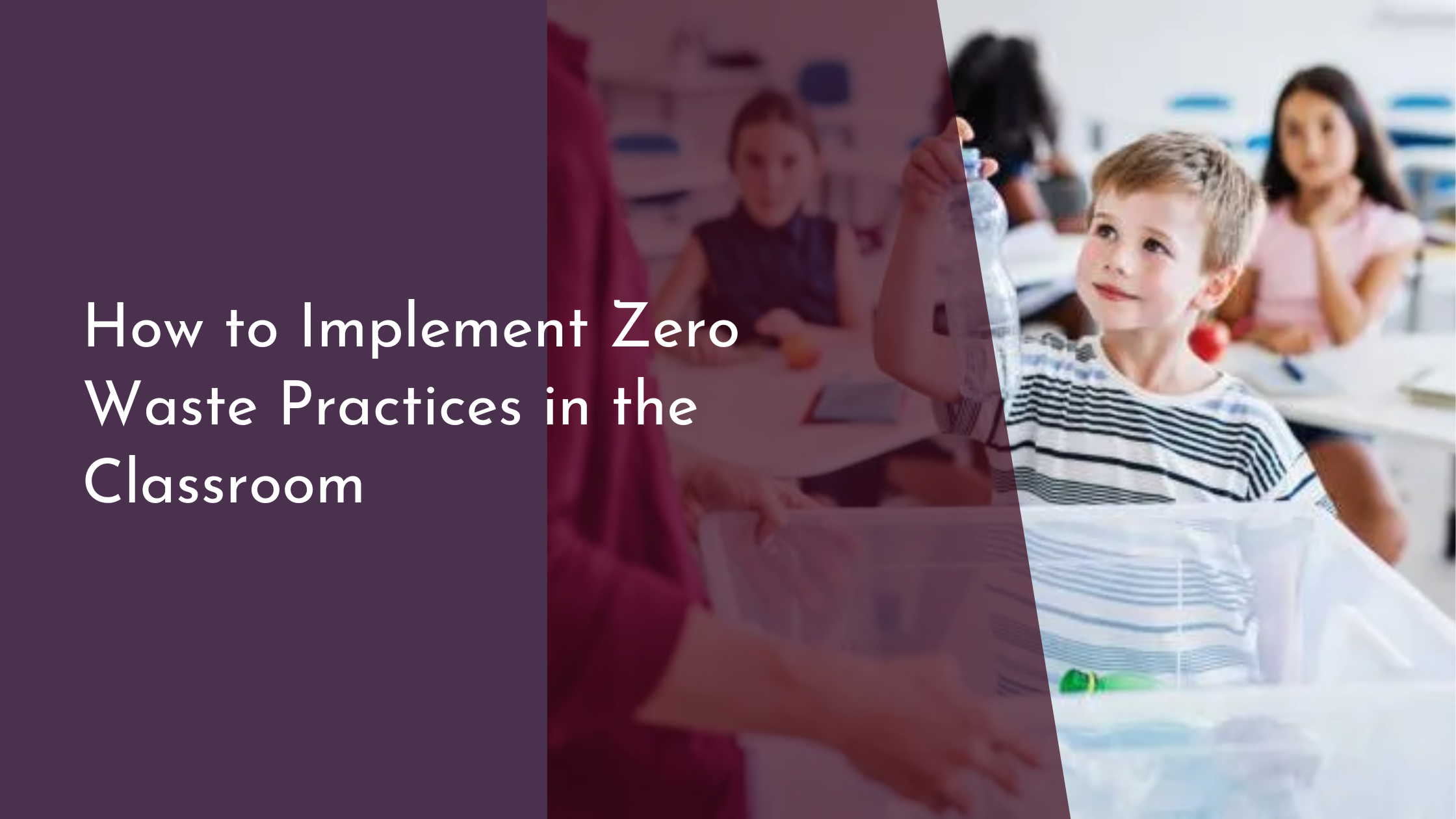How to Implement Zero Waste Practices in the Classroom
Embracing the zero waste philosophy in the classroom is an exciting opportunity for educators and students alike to contribute to environmental sustainability. By minimizing waste and maximizing resource efficiency, classrooms can become model environments for eco-friendly practices. This guide offers practical steps for implementing zero waste practices in the classroom, from setting up waste stations to engaging students in fun activities that drive positive change.
Understanding the Zero Waste Philosophy
The zero waste philosophy revolves around the idea of sending as little material as possible to landfills by reducing, reusing, and recycling resources. In the context of a classroom, this means considering how materials are used, how waste is managed, and how students can participate in sustainability efforts. Teachers seeking to adopt this philosophy often start by auditing current waste practices to identify areas for improvement. Understanding the fundamental principles of zero waste helps in creating a structured plan to reduce the ecological footprint of educational activities.
Integrating zero waste into classroom culture involves educating students about the importance of sustainability. Teachers can introduce the concept through discussions about environmental impact and the life cycle of products. This foundational knowledge empowers students to make informed choices about consumption and disposal. By fostering a sense of responsibility and stewardship, educators can inspire students to carry these values beyond the classroom, encouraging lifelong habits of sustainable living.
Setting Up Classroom Waste Stations
Creating designated waste stations is a practical step toward managing waste effectively in the classroom. These stations should be clearly labeled for different types of waste, such as recyclables, compostables, and landfill-bound materials. Using color-coded bins and informative signage can help students easily distinguish between categories, promoting proper sorting and disposal. Involving students in the setup process can also enhance their understanding and commitment to zero waste practices.
It’s essential to provide guidance on what materials belong in each bin and why. For example, explaining that food scraps can be composted to enrich soil helps students see the tangible benefits of sorting their waste correctly. Teachers can also implement a reward system for correct sorting, making the process both educational and enjoyable. By involving students in maintaining and managing these stations, teachers can cultivate a sense of ownership and responsibility for their classroom environment.
Engaging Students with Fun Zero Waste Activities
Inspiring students to embrace zero waste practices can be achieved through engaging and interactive activities. Classroom challenges, such as a “zero waste week,” encourage students to reduce their personal waste by bringing reusable containers, cutlery, and water bottles. These challenges can be gamified with points awarded for sustainable choices, creating a friendly competition that motivates students to participate actively.
Art projects using recycled materials offer another avenue for zero waste creativity. Students can transform discarded items into artwork, demonstrating the value of repurposing and innovation. Additionally, integrating zero waste lessons into the curriculum, like researching the impact of waste on the environment, helps students connect classroom activities to real-world sustainability issues. These activities not only foster creativity and critical thinking but also reinforce the importance of reducing waste in everyday life.
Tracking Progress and Celebrating Successes
Tracking the progress of zero waste initiatives in the classroom helps students see the impact of their efforts. Keeping a visual record, such as a chart or graph displaying the reduction in waste over time, can be a powerful motivator. Regularly reviewing this data with students helps them understand the tangible outcomes of their actions, reinforcing the importance of sustainability.
Celebrating successes in waste reduction is crucial to maintaining enthusiasm and commitment. Recognizing individual and collective achievements can be done through awards or acknowledgment in a class newsletter. Hosting a “zero waste celebration day” with activities and presentations allows students to share their learning and inspire others. By highlighting accomplishments, teachers can build a positive and supportive environment that encourages continued participation in zero waste practices.
Implementing zero waste practices in the classroom is a rewarding journey that fosters environmental awareness and responsibility among students. By understanding the zero waste philosophy, setting up effective waste stations, engaging students with creative activities, and celebrating their successes, educators can make a significant impact. These efforts not only benefit the planet but also enrich the educational experience, empowering students to become thoughtful and conscientious global citizens.


